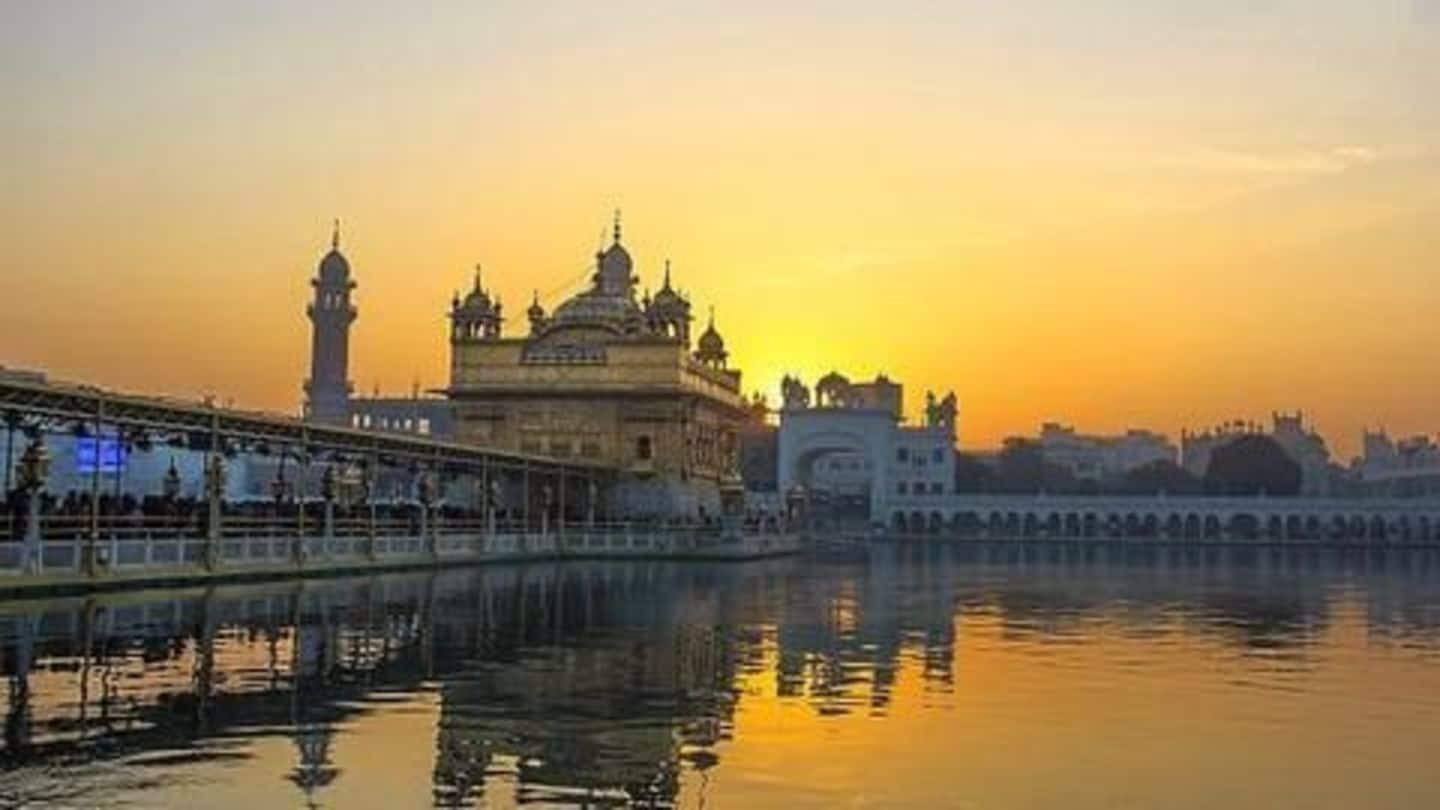
Sikhs commemorate 33rd anniversary of Operation Blue Star
What's the story
Sikhs around the world convened at the Golden Temple on Tuesday to mark the 33rd anniversary of Operation Blue Star. Operation Blue Star was a military operation which took place from June 1 to June 6, 1984, aimed at removing Sikh militants from the Golden Temple complex. The operation and its ramifications remain a highly controversial part of India's history. We explain it here.
Information
"Khalistan Zindabad" slogans raised at event
Slogans of "Khalistan Zindabad" were raised by a section of Sikhs at the event commemorating Operation Blue Star on June 6, 2017. The event takes place every year under somewhat tensed circumstances, characterized by increased security arrangements in parts of Punjab.
Background-I
What led to Operation Blue Star
The Golden Temple complex had been taken over by Sikh militants in the run up to Operation Blue Star. The militants were largely led by Sant Jarnail Singh Bhindranwale, a Sikh preacher. Bhindranwale was the face of the 1980s Sikh militancy that sought greater autonomy in Punjab and was linked to the Khalistan movement. The militants were responsible for several attacks across Punjab.
Background-II
Gandhi initially facilitated Bhindranwale's rise, didn't take action against him
It's widely believed that the then PM Indira Gandhi had facilitated Bhindranwale rise who she initially viewed as a political ally against the Akali Dal. She didn't take action against him when he turned against him, even when he took refuge in the Golden Temple. When negotiations to draw Bhindranwale out of the shrine failed, Gandhi ordered the army to flush out the militants.
Operation details
Military operation coincided with Sikh holy day, caused higher casualties
The operation was commanded Lt. Gen. Kuldeep Singh Brar and supervised by Army Chief Gen. A. S. Vaidya. A media blackout was enforced and an emergency declared in Punjab. On June 3, 1984, the commemoration of the fifth Sikh Guru, Guru Arjan Dev's martyrdom was being observed. This resulted in an increased number of pilgrims at the temple, contributing to higher civilian casualties.
Heavy fighting
Golden Temple was heavily fortified, army suffered 331 casualties
The Golden Temple complex had been heavily fortified by militants, led by Major General Shabeg Singh, a former Indian Army 1971 war hero, who was subsequently court-martialled. The Indian Army suffered 331 casualties during the operations. The building housing the Akal Takht, the highest seat of temporal authority for the Sikhs, was destroyed by tanks shells. It was occupied by militants, including Bhindranwale.
Information
Complex suffered widespread damage, main Golden Temple unharmed
The main temple itself was unharmed, barring a few bullet holes. The Indian Army had obeyed strict orders not to fire at the temple. The parikrama, or pavement surrounding the temple was covered in blood. Bhindranwale, Shabeg Singh and other militant leaders were killed.
Aftermath
Increased Sikh militancy, Indira Gandhi's assassination and riots
The military operation in the Golden Temple, the holiest Sikh shrines, caused outrage within the Sikh community. It led to the revenge assassination of Indira Gandhi by her Sikh bodyguards in October 1984. The anti-Sikh riots which followed in Delhi led to the massacre of hundreds and spurred a deadlier militancy and the Khalistan movement exploded. The Indian armed forces eventually crushed the movement.